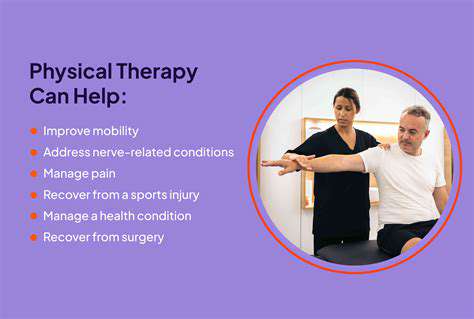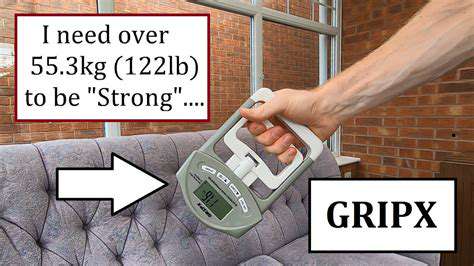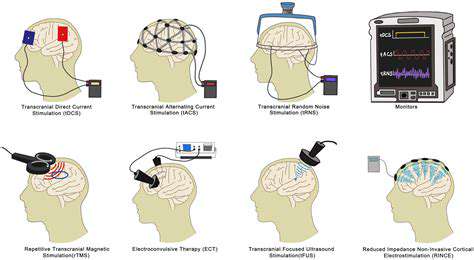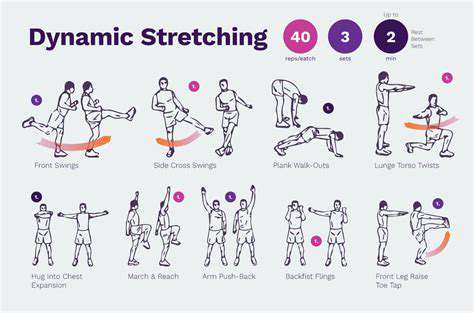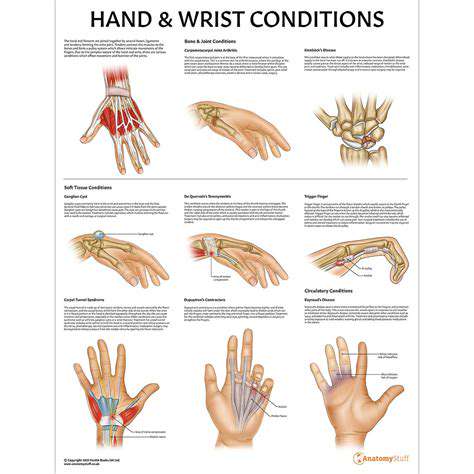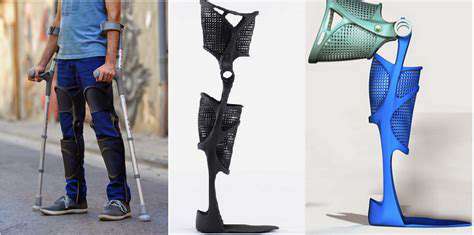The Role of Biomechanics in Hand Injury Prevention
Introduction to Biomechanics in Hand Injury Prevention
Understanding Biomechanics
Biomechanics is the study of the structure and function of biological systems using the principles of mechanics. In the context of hand injury prevention, Biomechanics investigates how forces, movements, and stresses act upon the hand and wrist during various activities. This understanding is crucial for identifying and mitigating risk factors that contribute to injuries, such as repetitive strain injuries (RSIs) and fractures.
By analyzing the mechanical forces at play, biomechanical analysis helps us comprehend the complex interplay between the hand's anatomical structure, its movement patterns, and the external loads it encounters. This knowledge is paramount to designing safer tools, work practices, and rehabilitation programs.
Force and Stress Analysis in Hand Movements
A key aspect of biomechanics in hand injury prevention involves analyzing the forces and stresses experienced by the hand and wrist during different activities. This involves quantifying the magnitude and direction of forces applied to the hand, examining the distribution of these forces across different anatomical structures, and determining the resultant stresses on bones, ligaments, and tendons. This analysis informs the development of ergonomic guidelines and recommendations for minimizing excessive loading.
Repetitive Strain Injuries (RSIs) and Biomechanics
Repetitive strain injuries, a common cause of hand and wrist pain, are often linked to biomechanical factors. Understanding the repetitive motions and postures associated with certain tasks is critical. Biomechanical analysis can identify the specific movements that place excessive stress on the tendons, muscles, and nerves in the hand and wrist. By understanding these stressors, interventions can be implemented to modify work practices and reduce the risk of developing RSIs.
Ergonomic Design and Hand Injury Prevention
Biomechanics plays a critical role in ergonomic design. By analyzing the biomechanical demands of various tasks, designers can create tools and equipment that minimize stress on the hand and wrist. This involves considering factors like handle geometry, grip forces, and the frequency and duration of movements. Ergonomic principles, informed by biomechanical research, contribute to the development of safer and more comfortable tools and work environments, significantly lowering the risk of hand injuries.
Role of Hand Morphology and Biomechanics
Individual hand morphology, including variations in bone structure, joint angles, and muscle attachments, can influence the biomechanical responses of the hand to different tasks. Biomechanical analysis considers these individual variations to tailor prevention strategies. For example, an individual with a specific hand morphology might be more susceptible to a particular type of injury. Understanding these individual differences allows for a more personalized approach to injury prevention.
Biomechanics in Rehabilitation and Recovery
Biomechanics also plays a vital role in the rehabilitation and recovery process following hand injuries. By understanding the specific biomechanical impairments resulting from an injury, therapists can design targeted exercises and interventions to restore normal hand function and reduce the risk of re-injury. Rehabilitation programs often incorporate biomechanical principles to improve strength, flexibility, and range of motion, facilitating a more complete recovery.
Analyzing Repetitive Strain Injuries (RSIs)
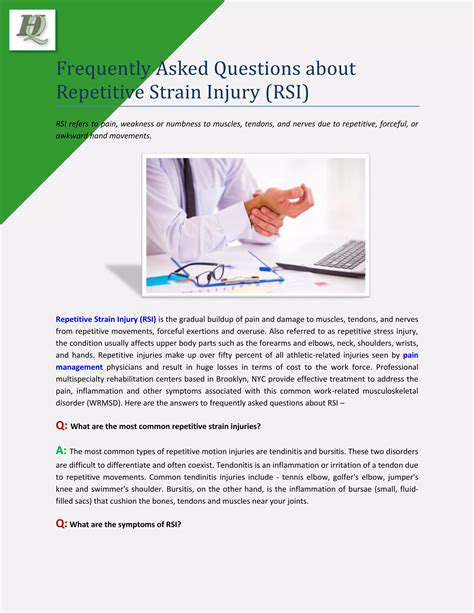
Understanding the Root Causes
Repetitive strain injuries (RSIs) are a significant concern in various workplaces, particularly those involving repetitive motions. Understanding the root causes is crucial for effective prevention and treatment. Underlying factors often include awkward postures, prolonged use of certain tools or equipment, and inadequate rest periods. These factors can lead to micro-tears in the muscles, tendons, and ligaments, culminating in pain and decreased functionality.
Another critical aspect of understanding the root causes is the importance of ergonomic assessments. These assessments help to identify potential hazards in the workplace and suggest modifications to improve posture and reduce strain on the body. Implementing such assessments helps identify risk factors and create a healthier work environment, ultimately preventing future injuries.
Identifying the Common Symptoms
Early detection of RSI symptoms is paramount to preventing long-term complications. Common indicators include persistent pain, stiffness, and swelling in the affected areas. These symptoms often manifest gradually, making them easily overlooked in the initial stages. It's crucial to be aware of these signs and seek professional medical attention when necessary.
Beyond the initial symptoms, individuals may also experience tingling, numbness, or weakness in the affected limbs. These sensations can significantly impair daily activities and necessitate prompt medical intervention. Identifying these symptoms early can lead to faster recovery and improved long-term outcomes.
Preventive Measures in the Workplace
Implementing proactive preventive measures in the workplace is crucial for minimizing the risk of repetitive strain injuries. Ergonomic design principles, such as adjustable workstations and supportive equipment, can significantly reduce the strain on workers' bodies. By creating a supportive work environment, employers can contribute to the health and well-being of their employees. This includes providing training on proper posture and body mechanics.
Regular breaks and stretching exercises are also vital components of a preventive strategy. These breaks allow the muscles and tendons to recover, preventing fatigue and micro-trauma. Providing employees with clear guidelines about proper rest and stretch routines is essential for long-term injury prevention.
Role of Ergonomic Assessments
Ergonomic assessments are vital tools for identifying potential risk factors related to repetitive strain injuries. These assessments evaluate the work environment, tasks, and tools used by employees to pinpoint areas that may contribute to strain. A thorough assessment can help identify poor posture, improper tool usage, or inadequate workspace design that can lead to RSI.
Treatment Options and Recovery Strategies
Effective treatment for repetitive strain injuries requires a multifaceted approach. Physical therapy plays a significant role in restoring strength and flexibility, along with pain management techniques. Proper management and treatment can significantly improve the quality of life for those suffering from these injuries. This could involve various modalities like massage, heat therapy, or exercises prescribed by a physical therapist.
Beyond physical therapies, occupational therapy can provide guidance on adapting work tasks and modifying the work environment to reduce strain. This approach aims to help individuals gradually return to their jobs with reduced risk of re-injury. Early intervention is key to preventing long-term complications and promoting a speedy recovery.
The Importance of Early Intervention
Early intervention is crucial in managing repetitive strain injuries and preventing long-term consequences. Seeking medical attention as soon as symptoms arise can significantly impact the recovery process. Early diagnosis allows for prompt treatment, potentially reducing the severity and duration of the injury.
Ignoring initial symptoms can lead to chronic pain, reduced functionality, and increased difficulty in returning to work or normal daily activities. Prompt action can save time and resources, both for the individual and the healthcare system. This underscores the importance of educating employees about early warning signs and the need for prompt medical consultation.

